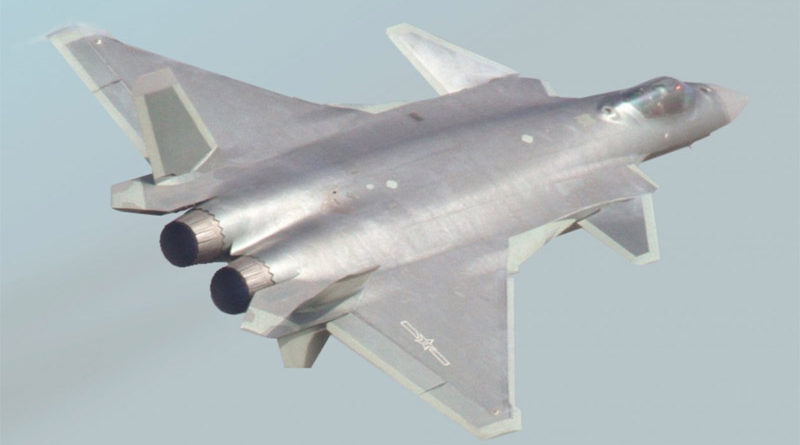China’s Air Force Is Growing Fast, But It’s Mostly Flying Old Planes
24 March, 2020
The People’s Liberation Army Air Force of China and its sister branch, the PLA Naval Air Force, operate a huge fleet of around 1,700 combat aircraft—defined here as fighters, bombers and attack planes. This force is exceeded only by the 3,400 active combat aircraft of the U.S. military. Moreover, China operates a lot of different aircraft types that are not well known in the West.
However, most Chinese military aircraft are inspired by or copied from Russian or American designs, so it’s not too hard to grasp their capabilities if you know their origins.
The Soviet-Era Clones
The Soviet Union and Communist China were best buddies during the 1950s, so Moscow transferred plenty of technology including tanks and jet fighters. One of the early Chinese-manufactured types was the J-6, a clone of the supersonic MiG-19, which has a jet intake in the nose. Though China built thousands of J-6s, all but a few have been retired. However, about 150 of a pointy-nosed ground-attack version, the Nanchang Q-5, remain in service, upgraded to employ precision-guided munitions.
Sino-Soviet friendship ended in an ugly breakup around 1960. But in 1962, the Soviets offered China a dozen hot new MiG-21 fighters as part of a peace overture. Beijing rejected the overture but kept the fighters, which were reverse-engineered into the sturdier (but heavier) Chengdu J-7.
Production began slowly due to the chaos of the Cultural Revolution, but between 1978 and 2013 Chinese factories turned out thousands of the pencil-fuselage jet fighters in dozens of variants. Nearly four hundred still serve in the PLAAF and PLANAF.
The J-7 is a 1950s-era hot rod in terms of manoeuvrability and speed—it can keep up with an F-16 at Mach 2—but it cannot carry much fuel or armament, and it has a weak radar in its tiny nose cone. Still, China has worked to keep the J-7 relevant.
The J-7G introduced in 2004 includes an Israeli doppler radar (detection range: thirty-seven miles) and improved missiles for beyond-visual range capabilities, as well as a digital “glass cockpit.”
Courtesy: Opera News/ defencenews.in

